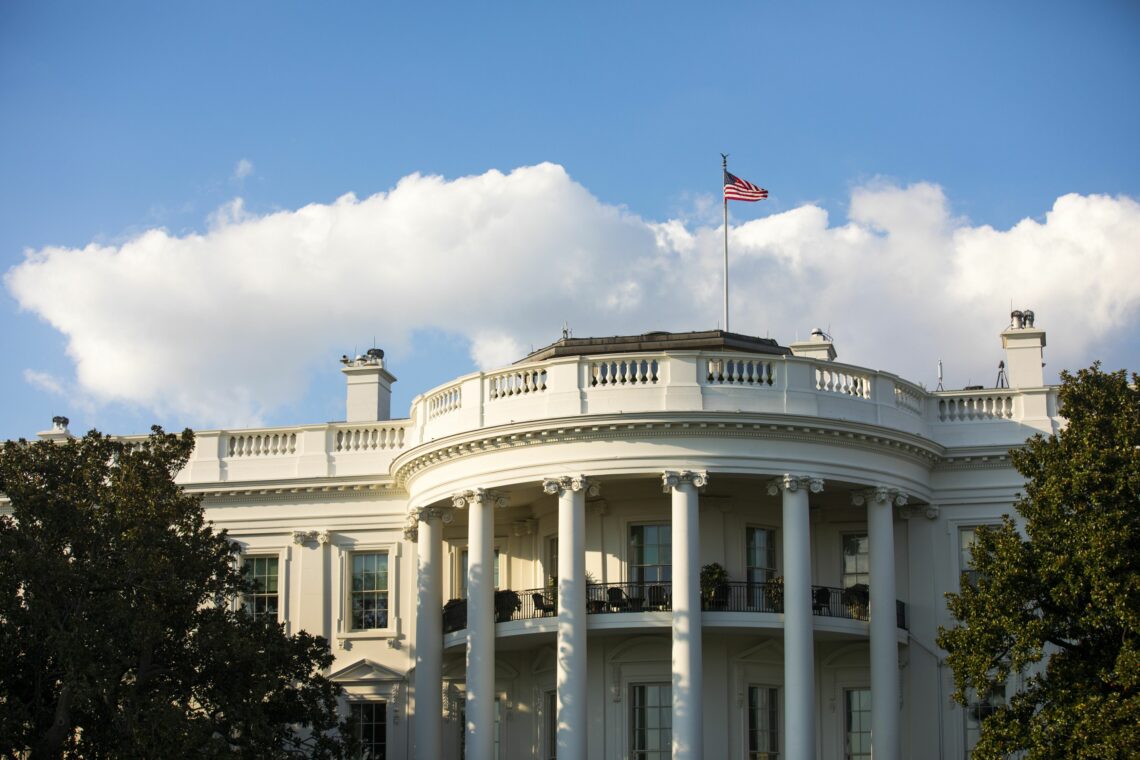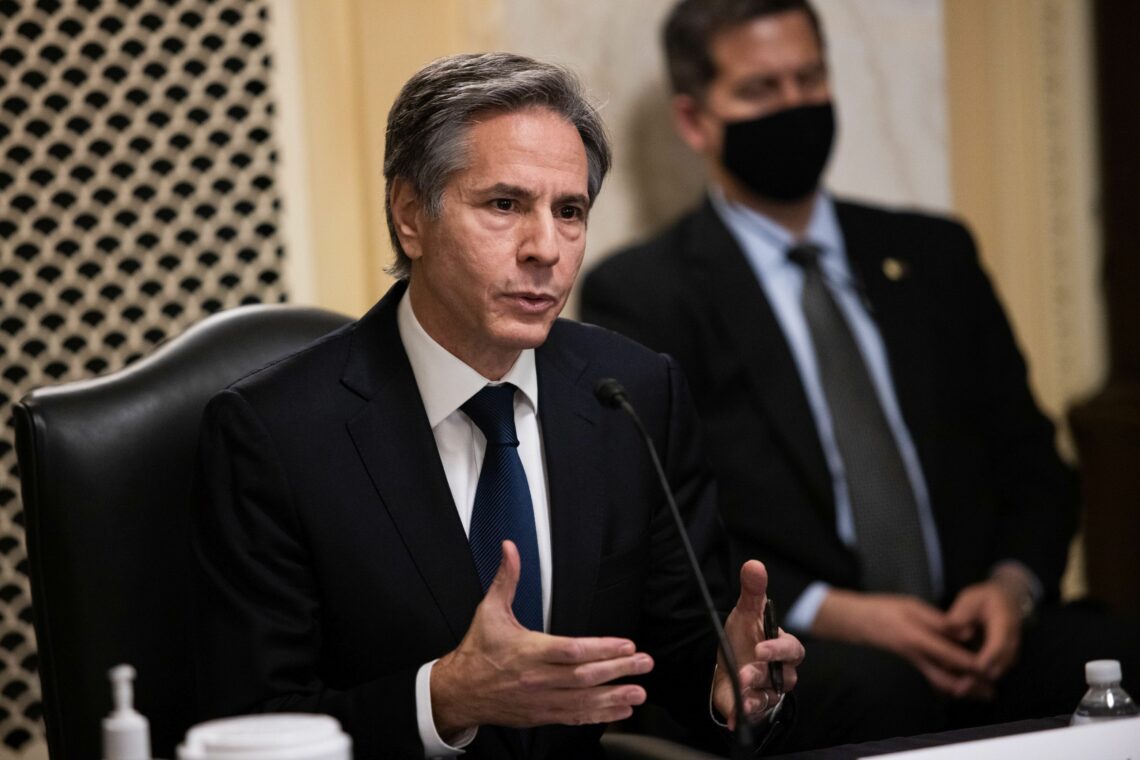Continuity and change in post-Trump America
Those who expect a dramatic change in U.S. policy now that President Biden has taken office may be in for a surprise. While the tone may be milder in post-Trump America, the new administration has not taken radically different positions from its predecessor.

In a nutshell
- Many expect sweeping change in post-Trump America
- The Democrats’ advantage in Congress is small and fragile
- American foreign policy priorities have not shifted under Biden
When an election in the United States brings a change in control of the White House, it raises questions about whether there will be dramatic swings in policy. The current transition of power is no different. Many expect that the shift from Republican Donald Trump to Democrat Joe Biden will be greater than most. That perception is probably overblown.
True, the country has undergone the turmoil of a contested election, violence at the U.S. Capitol, a second impeachment of President Trump, controversy over social media censorship by tech companies and the continuing vitriol between American liberal and conservative activists. Yet there is a strong precedent that transitions in U.S. political leadership are often marked as much by continuity as change.
Most notable in this changeover of power is that Democratic leaders will control the executive branch and both legislative branches of the Congress. The U.S. system of governance, however, is different than parliamentary democracies, where party control guarantees mastery over both the legislative and executive branches of government.
Slim advantage
It is not unprecedented for national elections to deliver both the presidency and Congress to one political party. Sometimes presidents use this power to their advantage. President Barack Obama, for example, was able to pass major healthcare legislation. Indeed, over the course of his presidency, Mr. Obama retained decisive leadership over the Democratic caucuses in both houses. President Biden faces a more diverse Democratic rank and file with a much more empowered radical wing in the Congress.
The Democrats will have to sustain near perfect party discipline to move legislation over Republican objections.
The Democratic advantage in both houses is small. The majority leaders will have to sustain near-perfect party discipline to move legislation over the objections of the Republican minority. This situation suggests less radical change than many anticipate. Passing legislation on controversial issues such as the environment, taxes, gun control, healthcare, infrastructure, immigration and technology will be difficult. Even delivering federal budgets will prove problematic.
While the Biden-transition involves the pressing of an ambitious domestic agenda, the Democratic Party will worry about the impact of such moves on the mid-term elections. Radical policies could favor Republicans, endangering Democratic control of the House and boosting the odds that the Republicans will regain the majority in the Senate. Democrats will also want to counteract the inroads Republicans achieved with Hispanic and Black voters during the 2020 national elections.
Both parties will undoubtedly face political turmoil and restructuring. While Mr. Trump still holds the respect of many Republicans, the controversy over his response to the elections may have undermined his ability to command authority as the leader of the opposition. On the Democratic side, governing could well exacerbate the tensions between the party’s far-left and moderate wings.
Foreign policy continuity
In terms of foreign policy, adversaries’ actions are likely to affect U.S. policies more than the Biden-transition and its new initiatives. Mr. Biden hardly addressed foreign policy and security issues on the campaign trail. The initiatives that he trumpeted are either mostly symbolic, such as re-joining the Paris climate agreement, or ephemeral, like adopting a more constructive tone with allies.
Most of the personnel selected to serve in the administrations are veterans of the Obama presidency. The world, however, has moved on in the past four years. Simply reverting to Obama policies is impractical.

The foreign and national security policy team does not appear to include major influences from the radical factions of the Democratic Party. Questions remain as to whether the far-left Democratic voices in the Congress will be able to influence the Biden agenda, especially toward an anti-Israel Middle East policy, heavy-handed climate initiatives and a more open stance on immigration. Yet, it is unlikely that the most extreme Democratic factions in the Congress will drive fundamental foreign policy changes in the near term.
New presidents usually like to throw their energy into domestic issues, and Mr. Biden is no exception. Since he has repeatedly claimed that he would do better than his predecessor in dealing with the Covid-19 pandemic and economic recovery, he will see these domestic issues as defining tests of his new administration. They will be top priorities for the White House.
Other countries’ response
Further suggesting that the administration will be responding rather than leading on foreign affairs are the early signals that America’s chief countries of concern are sending. A consistent agenda in U.S. foreign policy – shared by the last three presidents – centers on dealing with the destabilizing regional activities of Russia, China, Iran and North Korea. The Biden team is also likely to focus on these factors.
Even with friendly nations, in the Biden-transition, his administration has received few encouraging signals.
The prospects for detente with any of these countries seem bleak in the short term. Though President Biden signaled he would like to reenter the Joint Comprehensive Plan of Action (JCPOA), known as the Iran nuclear deal, the regime in Tehran has only become more aggressive in recent weeks. Likewise, uncompromising signals have come from the leaders of North Korea and China.
Even with friendly nations, in the Biden-transition, his administration has received few encouraging signals. President Andres Manuel Lopez Obrador of Mexico, who worked very closely with President Trump (despite their political differences), has signaled he intends to take a more distant approach to relations with the U.S.
European leaders, who mostly welcomed Joe Biden’s election, have offered little real encouragement for improved transatlantic cooperation. For instance, the European Union produced an agenda for joint action, which mostly consists of demands from the U.S. side rather than a serious joint plan to tackle global issues together. Brussels also pressed forward with signing an EU-China investment agreement despite concerns raised by Washington.
In other areas, too, the changes between the Trump and Biden approaches seem ambiguous at best. Uncharacteristically for a Republican administration, the Trump White House did not embrace an aggressive pro-free trade platform. The Biden White House’s protectionist stance on trade seems similar to the one taken by its predecessor. The prospects for any free trade agreement soon, even with the United Kingdom, are uncertain.
President Biden has not signaled wide departures from Trump defense policies.
On defense, President Biden has not signaled wide departures from President Trump’s policies. Though there will be downward pressure on defense spending, dramatic defense cuts do not seem imminent – at least initially. The Biden administration will probably soon undertake reviews of ballistic missile defense and nuclear plans, and will likely conduct a full defense posture review.
Scenarios
The most likely scenario is a striking shift in rhetoric from the Trump administration on America’s global leadership role, but initially, only modest adjustments that realign with some Obama-era policies (such as reengaging with Cuba and Venezuela). President Biden will also seek to restructure foreign assistance and public diplomacy programs to make them work more like those implemented under President Obama.
However, the Biden team will probably follow through with several Trump initiatives, including U.S. support for the Three Seas Initiative, the Clean Network and Blue Dot Network, and the Indo-Pacific strategy. U.S. trade policy will remain ambivalent, while actions with regional competitors are likely to prove more reactive than proactive.
Meanwhile, the Biden team will pursue an aggressive domestic agenda that will continue to roil American politics. Several key variables could determine the Biden-transition and his team’s priorities. In addition to reacting to the challenges of the great power competition and domestic political violence, the government response to the pandemic and speed of the U.S. economic recovery could shape how the Biden administration leads in its first several weeks.







